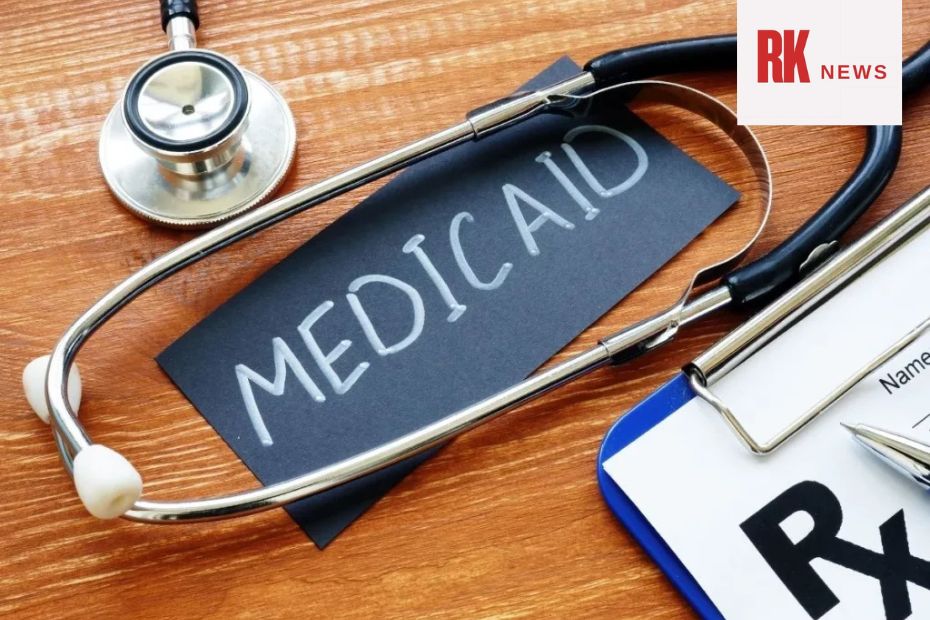April 25, 2025 — Washington, D.C. — The Centers for Medicare & Medicaid Services (CMS) may be preparing to overhaul how states finance Medicaid through provider tax programs and state-directed payments, according to a proposed rule recently submitted to the Office of Management and Budget (OMB).
The regulation, titled “Preserving Medicaid Funding for Vulnerable Populations — Closing a Health Care-Related Tax Loophole,” could significantly reshape the way states leverage federal Medicaid funding.
While the full text of the proposed rule has not yet been released, the description suggests CMS is seeking to revise the current waiver process that allows states to bypass rules requiring healthcare-related taxes to be broad-based and uniform. This signals possible restrictions on the types of taxes states can impose on providers, especially those designed to draw down additional federal funds.
Analysts from TD Cowen believe the rule may target reforms to state-directed payments, a controversial financing mechanism that has allowed states to significantly increase supplemental Medicaid payments to providers.
These arrangements have helped funnel billions to hospitals, with estimates from the Medicaid and CHIP Payment and Access Commission (MACPAC) suggesting directed payments may total $110 billion annually.
Critics argue that provider tax schemes allow states to artificially inflate their reported Medicaid spending by taxing providers, using the revenue to claim more federal funds, and then returning the money to providers through supplemental payments.
This has prompted calls from right-leaning think tanks like the Paragon Health Institute and contributors to the Project 2025 policy agenda to eliminate such “Medicaid money laundering.”
Recent data from the Government Accountability Office reveals that states’ reliance on provider taxes grew to 17% of Medicaid financing by 2018, up from 10% in 2008. A reduction or elimination of the “hold harmless” safe harbor threshold—which currently protects certain tax arrangements under 6% of net patient revenue—could severely impact hospitals, particularly for-profit chains like Tenet Healthcare and HCA.
CMS has already announced plans to begin enforcing new guidance on hold harmless agreements in 2028. Meanwhile, discussions in Congress this summer could include proposals to cut up to $880 billion from Medicaid over the next decade, with provider tax limits on the table. One suggestion under review would lower the safe harbor threshold to 3% by 2028, potentially saving $175 billion.
Industry experts warn that any major changes could disrupt hospital funding streams and Medicaid access. States would likely need to reassess financing strategies if the proposed rule leads to reduced flexibility or federal match funding.
The looming regulation has already rattled the market. TD Cowen noted the proposal contributed to a recent decline in hospital stocks and speculated that OMB Director Russell Vought—linked to Project 2025—may play a more active role in CMS rulemaking than previous directors.
While CMS has not confirmed the full scope of the regulation, signs point toward increased federal oversight, possible restrictions on state Medicaid funding tactics, and renewed scrutiny of provider tax loopholes. As stakeholders await more details, hospitals and state governments alike are bracing for what could become a defining shift in Medicaid financing policy.
